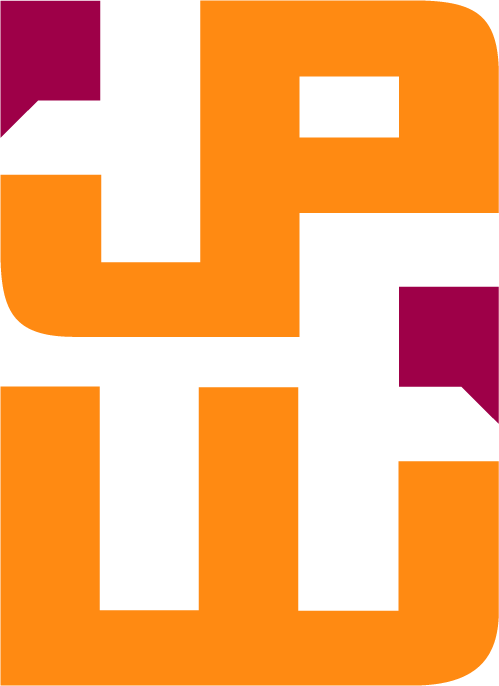What does “hard to reach” really mean?
BY LESLIE SPRING
If you’ve ever led a public engagement effort, you’ve likely heard this phrase:
“We tried, but that group is just hard to reach.”
It’s a common explanation when certain audiences don’t participate in meetings, respond to surveys, or get involved in community conversations. But what if the issue isn’t the people, but the process?
At JPW Communications, we believe the better question is: Are we reaching out in the right ways?
Reframing the challenge
When we describe a group as “hard to reach,” it can unintentionally suggest the problem lies with the community itself. In reality, many engagement strategies unintentionally create barriers—ones that limit participation for working parents, renters, younger residents, or those who simply aren't connected to traditional channels.
Consider questions like:
Is your meeting scheduled during working hours?
Is your flyer translated into languages other than English?
Is your survey optimized for mobile?
Is your venue accessible and convenient?
Have you made it easy to participate online *and* in person?
If the answer to any of these is no, then there’s room to improve outreach and access.
Trust plays a role
In many cases, low participation is less about disinterest and more about a lack of trust or awareness. According to the 2025 Edelman Trust Barometer, just 41% of Americans trust government institutions. That means nearly half the population may be skeptical (or unsure) of how their feedback will be used.
It’s not just about inviting people…it’s about giving them a reason to show up, and confidence that their voice matters.
So what can public agencies do to boost participation and reduce barriers?
Tips for stronger engagement
Go where people already are. Think school pick-up lines, parks, faith centers, or community events—not just council chambers.
Partner with trusted voices. Local leaders, nonprofit organizations, and cultural groups can help extend your reach and credibility.
Offer flexible formats. Provide in-person, virtual, and on-demand options. Use plain language, visuals, and translated materials when appropriate.
Make participation meaningful. Whether it’s a small incentive, thoughtful follow-up, or clear explanation of how input will be used—show residents that their time matters.
The bottom line
Public participation is most effective when it’s accessible, intentional, and designed with the community in mind. Instead of labeling groups as “hard to reach,” let’s focus on building strategies that make it easier for more people to be part of the process.
Because strong engagement doesn’t just check a box. It builds better decisions and stronger trust.

